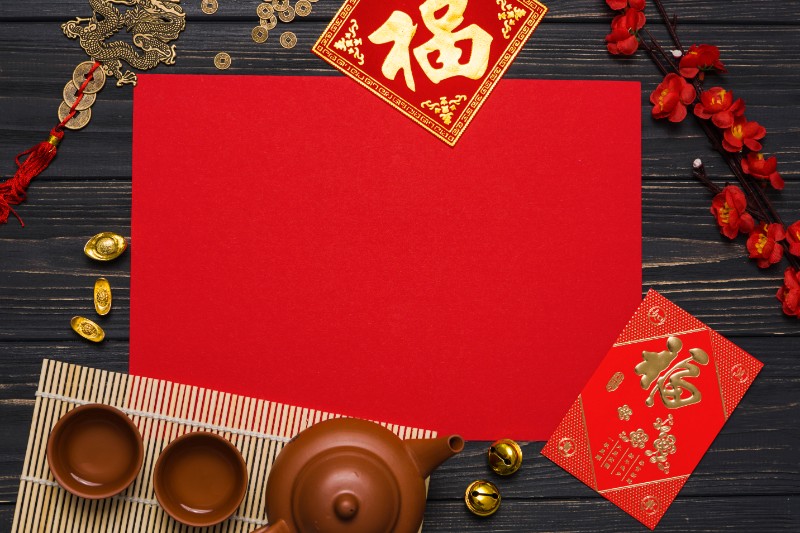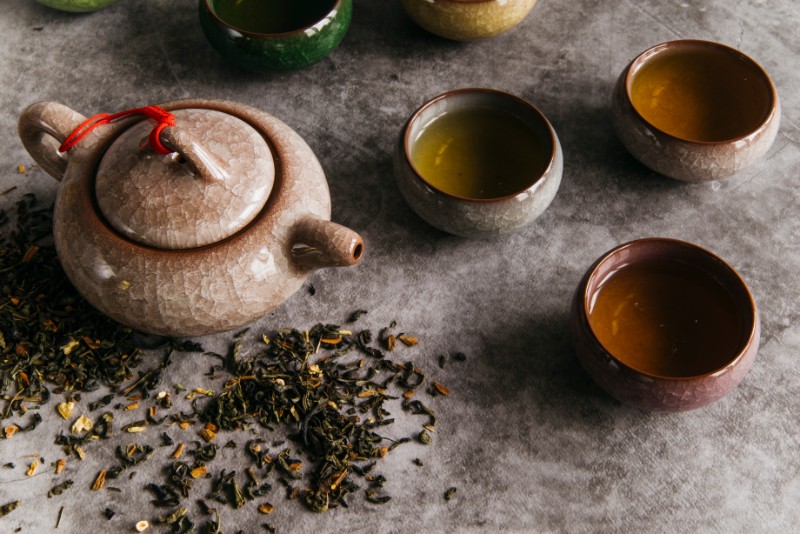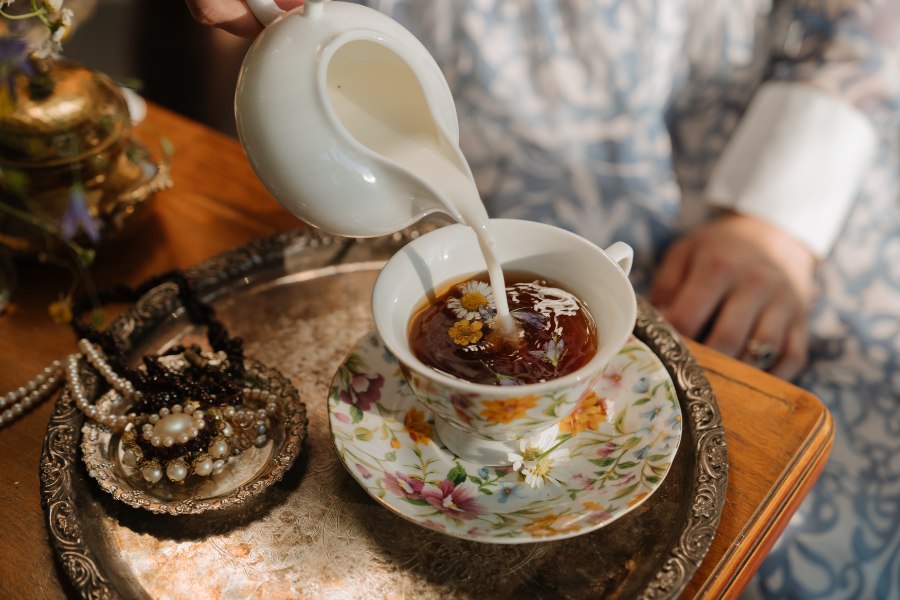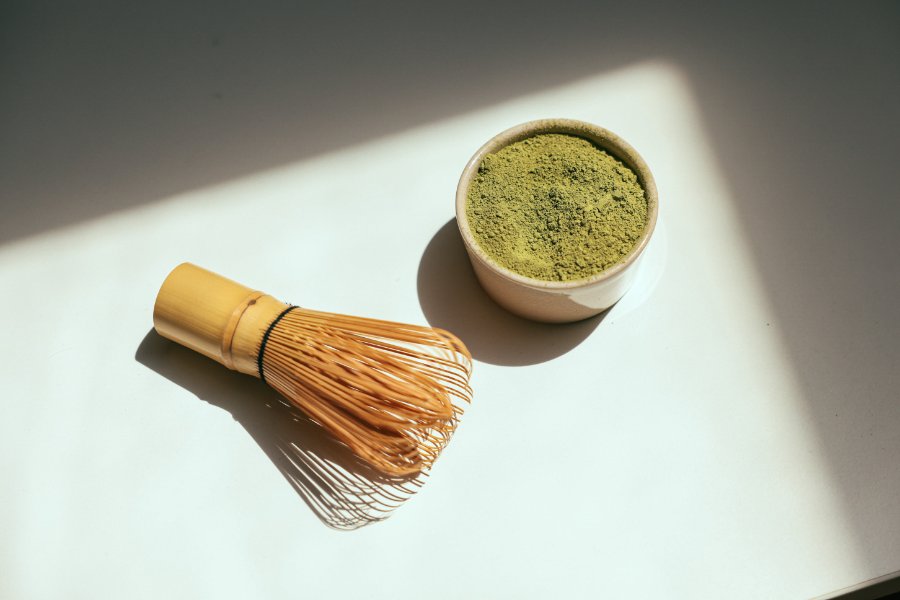
30 March, 2021 | Bon Tea Cafe Updated 2021
Chinese Tea: Types, Facts & Vital Benefits You Should Know
You can put all the necessary measures in places like sanitizing every surface you touch (especially in this COVID season) or installing air purifiers. But the best way to keep yourself from getting sick is to have a healthy and robust body in the first place. That may sound like an unachievable goal, but you can add one crucial thing to your diet: Chinese tea.
Did you know tea originates from China? According to legend, in 2737 BC, Shen Nung, the Chinese emperor, was resting under a tree. As his servant was boiling drinking water, dried leaves fell into the water and infused with it.
The Birth Of Chinese Tea
Shen Nung, a reputable herbalist, was intrigued by the Camellia sinensis tree's fragrance. So he decided to try out the infusion his servant had accidentally prepared. And that resulted in what we call tea now.
Whether there is a truth in the story or not, we cannot tell. But tea drinking was undoubtedly established in China centuries before the West heard of it. Tea containers have been found in tombs that date back to the Han dynasty (206 BC-220 AD). But it became an established national drink in China in the Tang dynasty (618 - 906 AD).
The tea became so popular that Lu Yu, an author, wrote the first book, The Book of Tea, during the late eighth century. It was entirely about tea: ways to cultivate and prepare tea, the best water for brewing tea, etc.
Types Of Chinese Tea
There are six basic Chinese tea types: white tea, green, oolong tea, yellow tea, dark tea, and black tea. However, it can be confusing if you choose to classify these types of teas according to the colors. Each type of tea leaves produces a different appearance after processing.
But in the West, people describe the teas based on the tea leaves like green or black. However, in China, the name given to a tea type comes from the brewing method, not the appearance. For example, hong cha (red tea) comes from black tea leaves, but the brewing produces red tea.
When it comes to the West, it is quite different. The term "black tea" can refer to black tea (in appearance) without any milk, and "white tea" can refer to black tea with milk added. Yeah, it can be really confusing!
Fermentation Is Crucial In Chinese Tea
Source: Essencesip.com
The fermentation process is vital in tea production in China. That is because it is what determines the different tea varieties. Let's clarify this pointer before we move on. The word "fermentation" is also used to describe wine and beer production, where bacteria convert sugar to alcohol. That is not what we mean in tea fermentation.
Tea fermentation refers to oxidation which is done by leaving or exposing the leaves to air. Fully fermented teas like black teas become withered and rolled to expose the tea leaves to oxidation entirely.
The producers can control the fermentation by adding heat through steaming or pan firing. Especially in green teas, they decrease and control the fermentation by using heat to the tea leaves soon after picking. That ensures the tasting flavors and rich nutrients are intact.
In the end, what determines the various types of tea is the fermentation percentage. For example:
- Green tea is less than 5%,
- Yellow is below 10%,
- White tea is within 5-10%
- Black tea falls within 80-85%
- Oolong tea is within 10-60%
- Dark tea is 100%
Now, let's find out the basic six types of tea.
Green Tea
Green tea is one of the oldest and most famous Chinese tea types and is produced in large quantities. The tea is not oxidized or wilted. In other words, green tea undergoes the most tender processing. And that is why the chemical composition in the beverage is close to the growing tea leaf.
The Chinese tea producers steam the tea carefully, including frying and drying in the sun to remove moisture and let out the fragrance. There are famous varieties of green tea, and that is due to where the trees were cultivated:
West Lake Longjing tea is a famous tea from the Tang dynasty where areas near West Lake were growing tea. Many people like this tea because of how beautifully shaped the leaves are, including the strong fragrance, green color, sweet taste, and aftertaste.
Maojian tea is grown on Mount Huangshan in the Anhui Province. Each of the leaves is shaped like a mountain, and it is covered with fine white hairs. The tea tastes fresh with a lasting aftertaste.
Bilochun tea comes from Mount Dongting in Jiangsu, and it has a unique luscious fragrance. Have you ever seen the curled leaves unfold as you pour hot water on them? It is so pleasant to watch. It is recommended that you drink it in a glass.
Sweet Dew of Mengding emanates from the Sichuan province. This green tea is seen as holy, celestial tea because it is associated with Buddhism. The tea is green, tender, moist, and tastes better when brewed the second time.
Healthy Benefits Of Green Tea
Green tea is the healthiest beverage to drink because of its nutrients and antioxidants that benefit your body. And that includes boosting your brain function, reducing fat loss, and low chance of getting cancer.
White Tea

White tea is the least to undergo processing. Traditionally, white teas are picked only a few days within a year when fine white hairs show up on the tender shoots. The producers allow the shoots to wither, then dried to avoid oxidation.
White tea is considered medicinal instead of a mere delicious beverage. It is excellent for everyday use for preventing cancer.
Yellow Tea
Did you know yellow tea was discovered by accident? After the leaves are finished, kneaded, and twisted in making the green tea, the tea leaves will turn yellow if you do not dry them properly.
Initially, people thought it was bad green tea, but they eventually enjoyed the diverse flavors. It then became part of the six primary types of tea in China. The tea is not oxidized and wilted, but it is fermented to allow it to turn yellow.
Oolong Tea
Oolong tea falls between green tea and black tea, meaning it is half-fermented tea. But the finishing technique is similar to green tea. It is bruised, wilted, and partially oxidized. It comes with a fresh, pure flavor of green tea, including the thick, sweet black tea fragrance.
The tea can decrease the risk of heart disease, reduce the risk of cancer, helps in fighting obesity, prevents diabetes, decreases inflammation, prevents bone loss, high in antioxidants, and supports a healthy brain.
Black Tea Or Red Tea (Hong Cha)

Black Tea is the most widely produced tea. It is the most popular among tea drinkers in the West. The tea is mainly wilted but sometimes crusted and fully oxidized. It is commonly known among the English as black tea, but it is referred to as red tea among the Chinese.
The tea is fermented, which causes a chemical reaction, causing it to change color, instead of the green frying or green steaming process.
Dark Tea
Dark tea was also created by accident, just like yellow tea. The dark tea was being transported by sea and on horseback over long distances. The changing dry and damp conditions altered the tea composition, turning it blackish-brown.
The tea fragrance was extraordinarily known as Pu'er tea, and it became the local favorite. Since then, it has been intentionally produced in Yunnan province for about 2,000 years.
Dark tea is lower antioxidant content than green and white tea due to its complete oxidation. It comes with numerous health benefits such as weight loss, serum cholesterol reduction, and cardiovascular protection.
Conclusion
If you want the best place to enjoy your favorite Chinese tea, you can order online, and we will immediately deliver it to you. If you have enjoyed the article, feel free to check other helpful content!





